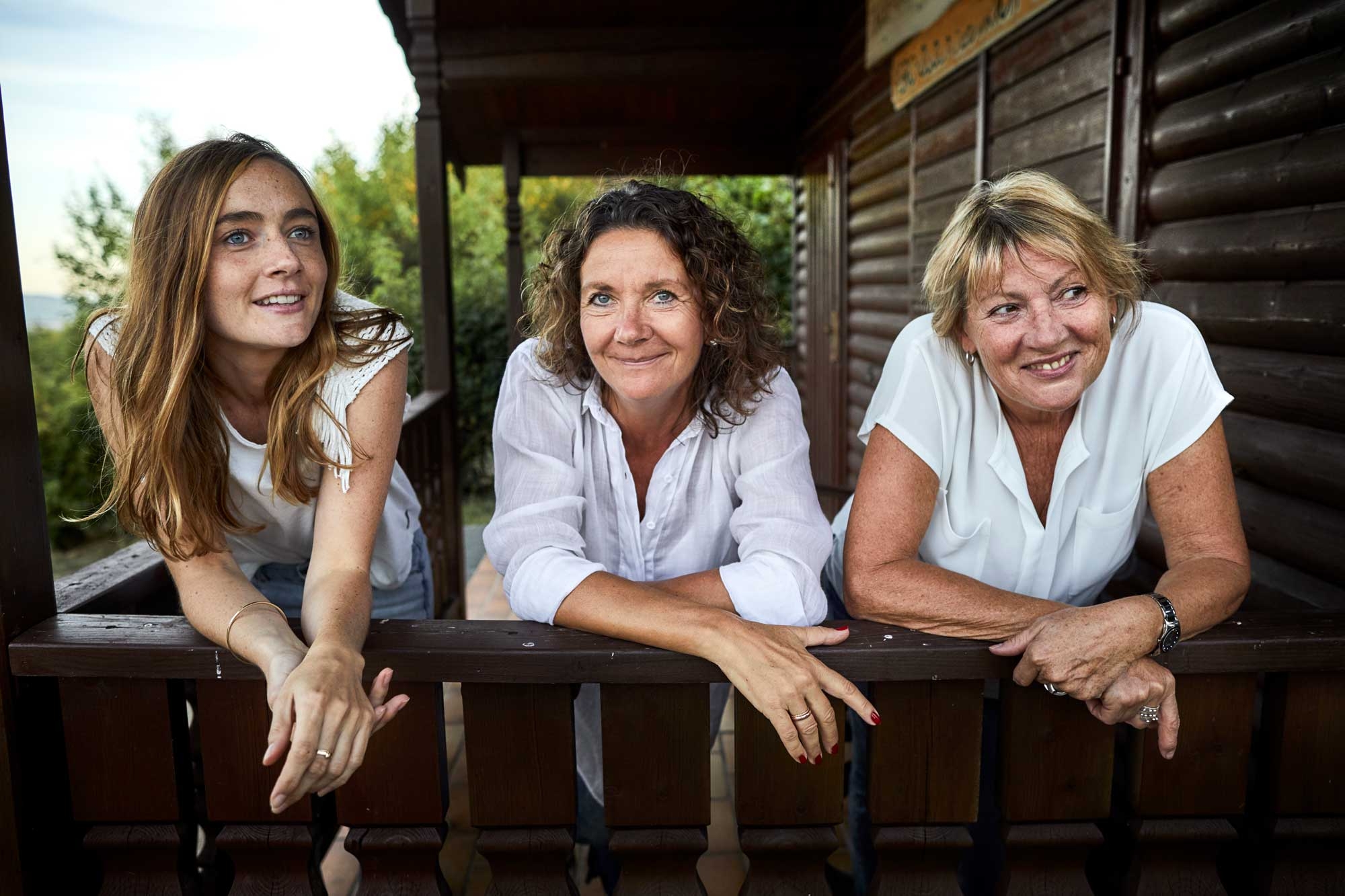
Women and heart disease
Key takeaways
2 min read
Cardiovascular disease (an umbrella term that includes heart disease, stroke and blood vessel disease) is the leading cause of death for women globally.
Almost every hour of every day an Australian woman dies of heart disease.
Heart disease in women can occur at any age but the risk changes throughout life’s course.
Women are less likely to attend cardiac rehabilitation, less likely to take their medicine regularly, and are less likely to make heart-healthy lifestyle changes.
For women aged 45 and over (or 30 and over for Aboriginal and/or Torres Strait Islander women), speak to your GP about your risk of heart attack and stroke and have a Heart Health Check.
Prevalance of heart disease in women
Almost every hour of every day an Australian woman dies of coronary heart disease. On average that equates to 20 women a day.
Research shows that women are much less likely to undergo treatment for heart attack or angina (chest pain) in hospital compared to men.
For women, the risk of cardiovascular disease changes throughout life’s course. It’s important to be aware of the risk factors that specifically affect women, and what you can do to look after your heart health2.
Heart conditions and risk factors
Spontaneous coronary artery dissection (SCAD)
SCAD is an example of a condition that occurs more frequently in women. It occurs when a split suddenly develops between the inner layers of a coronary artery. Blood flows into this space and reduces the amount of blood flowing through the artery. This means less blood and oxygen reach the heart.
The symptoms of SCAD are similar to those of a heart attack or angina (chest pain). Most people who have SCAD have few or no known risk factors.
Recognising the warning signs of a heart attack, and getting treatment as quickly as possible, is important for women of all ages.
For more information on SCAD, see the following videos:
Pregnancy complications
Pregnancy is often referred to as the ‘ultimate stress test’ for the body. Some of the complications of pregnancy, such as gestational diabetes and high blood pressure can increase your risk of cardiovascular disease later in life. Find out how pregnancy complications can contribute to cardiovascular risk in women.
Risk factors and warning signs
Know the full range of risk factors and warning signs of a heart attack in women.
If you are aged 45 and over (or 30 and over for Aboriginal and/or Torres Strait Islander women) speak to your GP about your risk of heart attack and stroke and have a Heart Health Check.
Recovery and support
Recovery after a heart attack or angina
Women of any age may be diagnosed with a heart condition. What happens next can be dependent on the type of heart condition.
Many people who have been diagnosed with a heart condition go on to live long, full lives. However, it's important to make lifestyle changes to manage your heart health over the longer term.
If you have been discharged from hospital after a diagnosis or a procedure, the steps to recovery are likely to include:
regular Heart Health Checks with your doctor
participating in a cardiac rehabilitation program
taking medicine
making changes to your lifestyle like diet and exercise
registering for the Heart Foundation's free digital support program MyHeart MyLife program
Support group for younger people who are living with a heart condition
Supporting Young Hearts
Our Supporting Young Hearts program provides opportunities for young people to connect with each other, share stories and learn about how to manage their heart condition.
References
- Venditti V, Bleve E, Morano S, Filardi T. Gender-Related Factors in Medication Adherence for Metabolic and Cardiovascular Health. Metabolites. Oct 17 2023;13(10)doi:10.3390/metabo13101087
- Statistics ABo. Causes of Death, Australia. Accessed 15th Feburary, 2024. https://www.abs.gov.au/statistics/health/causes-death/causes-death-australia/2022
- Khan E, Brieger D, Amerena J, Atherton JJ, Chew DP, Farshid A, et al. Differences in management and outcomes for men and women with ST-elevation myocardial infarction. Medical Journal of Australia. 2018;209(3):118-23.https://doi.org/10.5694/mja17.01109
- Garcia M, Mulvagh Sharon L, Bairey Merz CN, Buring Julie E, Manson JoAnn E. Cardiovascular Disease in Women. Circulation Research. 2016;118(8):1273-93.10.1161/CIRCRESAHA.116.307547.
- Lee SK, Khambhati J, Varghese T, Stahl EP, Kumar S, Sandesara PB, et al. Comprehensive primary prevention of cardiovascular disease in women. Clinical cardiology. 2017;40(10):832-8.10.1002/clc.22767
- D'Ovidio C, Sablone S, Carnevale A. Spontaneous coronary artery dissection: case report and literature review. Journal of forensic sciences. 2015;60(3):801-6.10.1111/1556-4029.12722.
- Regitz-Zagrosek V, Roos-Hesselink JW, Bauersachs J, Blomstrom-Lundqvist C, Cifkova R, De Bonis M, et al. 2018 ESC Guidelines for the management of cardiovascular diseases during pregnancy. Kardiologia Polska (Polish Heart Journal). 2019;77(3):245-326
You might also be interested in...

What is a healthy body weight?
Achieving a healthy body weight is one of the best things you can do to improve your heart health and wellbeing. While there’s a lot of information out there about weight and weight loss, this can actually make harder to know what a healthy weight is and how to achieve it.

Staying active for better heart health
Moving more every day is one of the best habits you can have.

Blood pressure and your heart
Blood pressure is the pressure of your blood on the walls of your arteries as your heart pumps it around your body. Your blood pressure will go up and down naturally throughout the day depending on what you are doing, especially if you are doing exercise.
Last updated26 August 2024
Last reviewed26 August 2024
